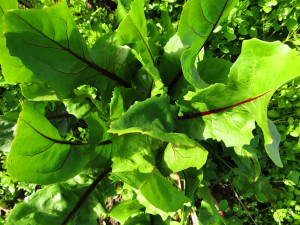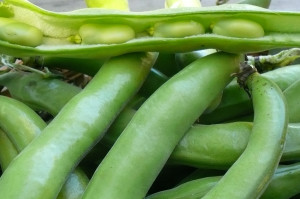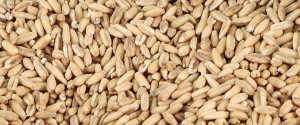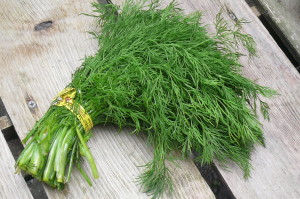Serves 4-6
1 cup dandelion roots
4 cups cubed potatoes
2 cups dandelion leaves
2 cups onion, diced
2 or more cloves garlic
2 tablespoons vinegar
Salt to taste
Clean and chop dandelion roots and cook with potatoes in water to cover. Meanwhile, saute onion 5 minutes, add chopped dandelion leaves, cover and cook over low heat until potatoes in other pot are done. Drain roots and spuds, reserving water for future soup or bread, and put in serving bowl. Mix everything else together and add to bowl. Serve hot or cold.
We thank Healing Wise by Susun S. Weed for this recipe.
Have you tried this recipe? Tell us how it turned out!






